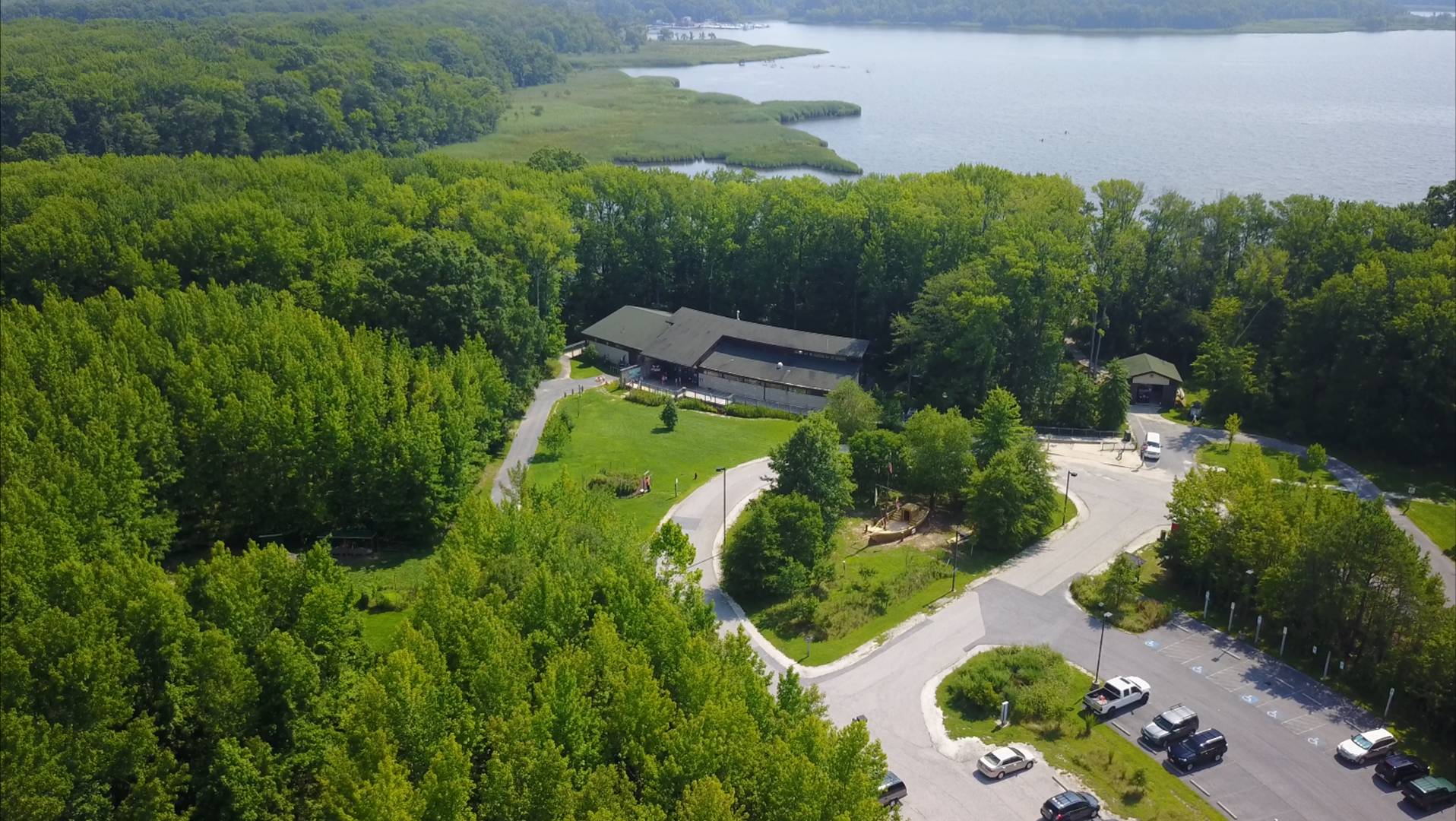After a long, cold Winter, Spring has begun to awaken the natural world. The loud choruses of some amphibians are a sure sign of a change in season. However, one of our largest and most striking amphibians arrived quietly with the first rainstorm of March.
Spotted salamanders (Ambystoma maculatum) are members of the mole salamander family. As the family name suggests, they spend most of their time under logs, under rocks, in burrows, and underground. However, during their breeding season, adult salamanders may travel more than a quarter of a mile to congregate by the hundreds at suitable ponds and wetlands.
Spotted salamanders lay their eggs in vernal pools, temporary ponds, and other wetlands without fish. The adults may reach nine inches in length and live over 20 years. They usually return to the same breeding ponds every year, and many individuals usually arrive at once. This makes for a spectacular sight when the water literally teems with these shy salamanders.
Male salamanders may arrive before females and usually stay longer, depositing large numbers of spermatophores for the females to pick up. Female salamanders are usually larger than the males and pick up several spermatophores before laying their eggs. Each female usually lays two or three egg masses, which may be clear or cloudy. The egg masses are smooth and contain around 125 eggs each, inside an outer membrane.
In one or two months, the eggs hatch into salamander larvae with feathery external gills. After another two to four months, the larvae change into adult salamanders although they may change earlier if vernal pools begin to dry up. Adults are mainly nocturnal, very shy, and eat a variety of invertebrates including crickets, worms, spiders, and slugs.
Very few salamanders live in Marshy Point Park—but spotted, tiger, and marbled salamanders are on display in the Nature Center. The wetlands along Katie and Wil’s Trail harbor a variety of other amphibians, and other wetlands in the area are important spotted salamander breeding areas.

